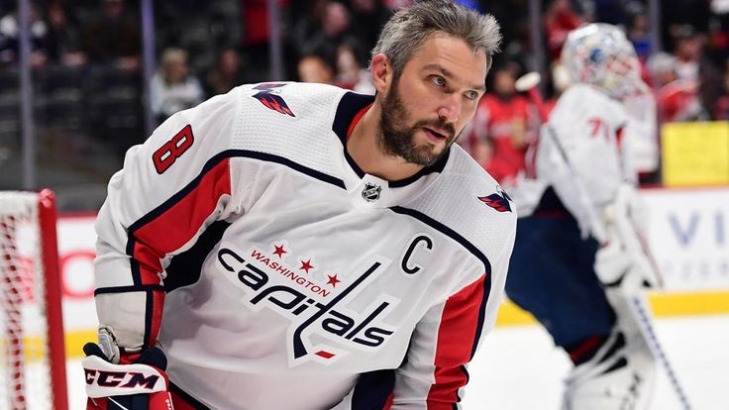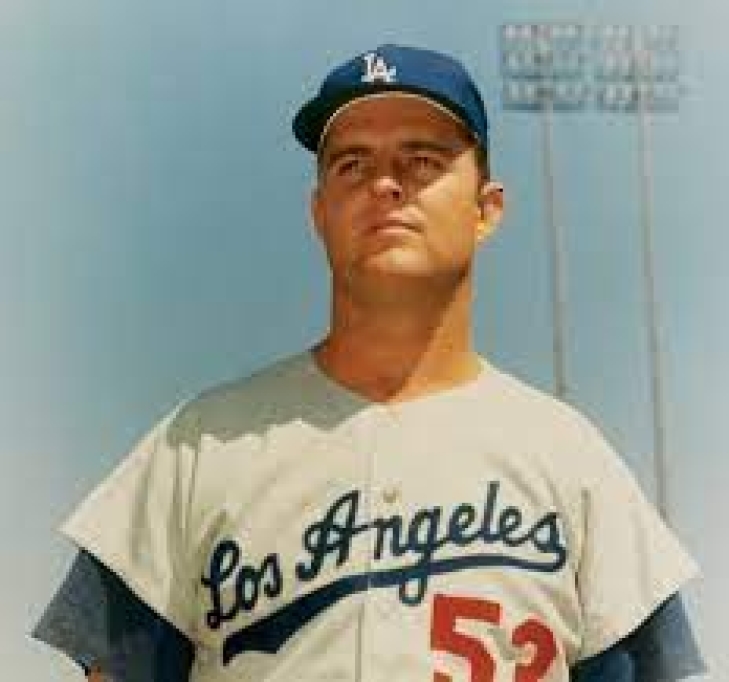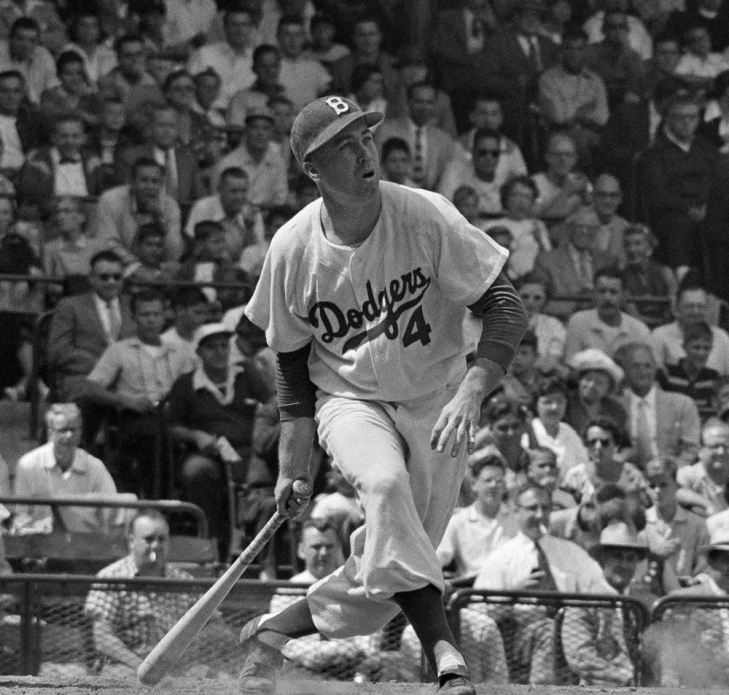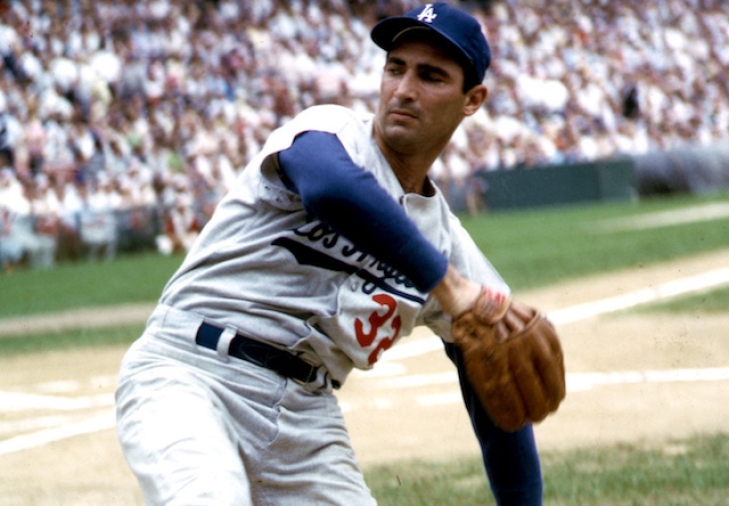
Committee Chairman
Notinhalloffame NHL Cup Standings Update (70)
If you are a regular visitor at Notinhalloffame.com, you know that we created the Notinhalloffame NHL Cup, where in every regular season game, we award points (5-4-3-2-1) to the top five performers. This is the second year that we have done this, and Edmonton’s Connor McDavid won the first one.
To keep everyone regularly in the loop this time, we have decided to give regular updates, starting at when the first player cracked 40 Points, and tell all of you the top ten. We will this going forward with every update as the first player breaches the elevated ten-point threshold afterward.
Here is the current top ten, based on the first player to breach 70 Notinhalloffame Cup Points:
1. Connor McDavid, Edmonton Oilers. 70 Cup Points: 38 Games, 32 G, 40 A, 72 P, +5, 8.4 PS. (#1 on last update)
There are a lot of stories at the near-halfway mark of the 2022/23 NHL Season, with one of the top ones being Connor McDavid running away with every major statistical category. Last year’s Notinhalloffame NHL Cup winner is extending his lead and he is currently the league-leader in Goals (32), Assists (40), Points (72) and Point Shares (8.4), and was recently on a 17-Game Point streak.
2. Brayden Point, Tampa Bay Lightning, 62 Cup Points: 35 Games, 21 G, 16 A, 37 P, +6, 4.5 PS. (#3 on last update)
Point is an intriguing figure at #2, and though he is having a good year, and is a point-per-game player, there are quite a few players with higher point tallies than Point. Saying that, Point has been the most clutch player for the Lightning, who are on a five-game win streak. This is why we love the NIHOF Cups!
3 (Tie). David Pastrnak, Boston Bruins. 61 Cup Points: 36 Games, 25 G, 25 A, 50 P, +13, 6.4 PS. (#9 on last update)
The Bruins are one of the NHL’s top teams and Pastrnak is their top scorer. The Bruins star is averaging 1.39 Points per Game, slightly more than his First Team All-Star campaign in 2019-20.
3 (Tie). Mikko Rantanen, Colorado Avalanche. 61 Cup Points: 35 Games, 24 G, 21 A, 45 P, +6, 5.6 PS. (not on last update)
Rantanen rockets into the top ten, and is also in the top ten in Goals and Points, while leading the NHL in Even Strength Goals (20). The Avs star has 1.29 PPG, the highest of his career.
5. Auston Matthews, Toronto Maple Leafs. 60 Cup Points: 37 Games, 18 G, 24 A, 42 P, +17, 5.0 PS. (#2 on last update)
Matthews is the defending Hart winner but he is not on the PPG pace he was last year, though when Toronto wins, the odds are that he was the biggest reason why. Is this season is a disappointment so far for Matthews?
6 (Tie). Jason Robertson, Dallas Stars. 54 Cup Points: 38 Games, 25 G, 29 A, 54 P, +19, 7.3 PS. (#6 on last update)
Robertson is on pace to shatter last season’s 41-38-79 output, and the fourth-year player is now the undeniable top dog of the Stars lineup. He is currently third overall in Points.
6 (Tie). Kirill Kaprizov, Minnesota Wild. 54 Cup Points: 36 Games, 20 G, 25 A, 45 P, -2, 5.0 PS. (#8 on last update)
Kaprizov is easily Minnesota’s best player and if he stays healthy should have his second straight 100-Point year.
8. Elias Pettersson, Vancouver Canucks. 52 Cup Points, 34 Games, 17 G, 27 A, 44 P, +11, 4.9 PS. (#9 on last update)
The 2019 Calder winner looks to be on his way to his best statistical year in the NHL.
9 (Tie). Linus Ullmark, Boston Bruins. 51 Cup Points: 24 Games, 20-1-1, 1.90 GAA, .938 Save Percentage, 6.3 PS. (#9 on last update)
Ullmark is the highest ranked Goalie, and his ascendence to likely All-Star has been colossal for Boston’s rise to the top portion of the standings. Ullmark leads all Goalies in Wins, GAA, Save Percentage and Goalie Point Shares.
9 (Tie). Alex Ovechkin, Washington Capitals, 51 Cup Points: 39 Games, 26 G, 19 A, 45 P, 0, 5.6 PS. (Not on last update)
Ovechkin breaks into the top ten, and is closing on Wayne Gretzky’s all-time Goal record. We once thought that was untouchable.
Edmonton’s Leon Draisail (surprisingly, as he is currently second to his teammate, Connor McDavid in Points) and Pittsburgh’s Sidney Crosby have fallen off the top ten.
Our next update will occur when the first player breaks 80 Cup Points.
4. Don Drysdale
You could say that Don Drysdale was in the shadow of Sandy Koufax for most of his career, and there is nothing wrong with that. Koufax was a special player in his second half, and no other practitioner of the mound in the 1960s first half-decade would not have been his second fiddle. Shadow or no shadow, Drysdale was a special Pitcher on an exceptional team and worthy of this top-five rank.
5. Duke Snider
The Brooklyn Dodgers put together a potent lineup in the 1950s that would feature a collection of future Hall of Famers and legends. If we hold that true, then let’s remember that the man who batted third in this lineup for years was Duke Snider, the power man of a power team.
Snider came up through the ranks with fellow legend Jackie Robinson, and though he fell behind Robinson in fame overall, his performance as a Dodger arguably eclipsed his teammate. Becoming a starting Outfielder in 1949, "The Duke of Flatbush" might have succumbed to a high share of Strikeouts, but he positioned himself as one of the top power hitters in the 1950s.
A perennial All-Star from 1950 to 1956, Snider had a rough start to that streak, as he was routinely criticized in the last half of the 1951 Season when he slumped the Dodgers blew a 13 Game lead to the Giants. He overcame the lousy press to blast 40 Home Runs in four straight years (1953-56), winning the Home Run Title in '56 (43) while also leading Brooklyn to a World Series win. Throughout this 1950-56 run, Snider also captured the 1955 RBI Title (136), won two Slugging Titles and two OPS Titles, and was in the top ten in MVP voting five times.
As the Dodgers moved west to Los Angeles, Snider's skills eroded, but he still helped them win the World Series as an elder statesman and dugout leader. His contract was sold to the expansion New York Mets in 1963, reuniting him with his fanbase in New York City.
Snider overall accumulated 1,995 Hits, 389 Home Runs, and 1,271 RBI while batting .300 as a Dodger. He entered the Baseball Hall of Fame in 1980, and Los Angeles retired his number 4 the same year.
3. Sandy Koufax
One of the many players we could have easily inserted as the greatest Dodger of all time is Sandy Koufax, and had we done this list two years before its first publication (2022), he likely would have been.
Koufax was a walk-on at the University of Cincinnati, and while he showed poor control, he had the velocity. The southpaw was scouted by the Dodgers and was signed by them in late 1954, and his sheer talent propelled him to the Majors the following summer, but the first half of his career was not what got him into the Hall of Fame.
It was widely believed that Koufax was the hardest thrower in the game, but the accuracy wasn't coming, and when he got in trouble, the more erratic he became. From his debut to 1960, he had a losing record of 36-40 with an ERA of 4.10 and a WHIP of 1.428. Koufax and the Dodgers knew the talent was there, but he grew frustrated and considered quitting. He opted to give it one more year, with Koufax giving his all, dedicating himself to improved fitness. More importantly, one of the Dodgers' scouts noticed that he reared back so far that he lost sight of the plate. These corrections made Koufax the most feared Pitcher of the next six years.
1961 would be his breakout year, with Koufax going 18-13 with a league-leading 269 Strikeouts and topping the NL in FIP (2.00) and SO/BB (2.80). Koufax was an All-Star this year, beginning a six-year streak, the first of many. Koufax won his first ERA Title in 1962 (2.53) and WHIP Title (1.036), starting a five-year run and a four-year, respectively, as the league leader. The first two seasons of the 1960s were terrific, but it was about to get even better.
It can be debated that the next four years were the best ever by a Pitcher. Not only did he keep his ERA under 2.05 in all those years, but his WHIP also stayed under one. Koufax led the NL in three years (1963, 1965 & 1966), and he won the Cy Young in all of those seasons, with a third-place finish in 1964. He also won the MVP in 1963 and was the runner-up for the award in 1965 and 1966.
Koufax, who had already won a World Series Ring in 1959, led Los Angeles in 1963 and 1965, going a combined 4-1 and allowing four Earned Runs over 42 Innings with 52 Strikeouts. He won the World Series MVP in both of those playoffs, and while the teams were loaded with talent, it is difficult to envision the Dodgers winning ’63 and ’65 without Koufax.
As great as Koufax was from 1963 to 1966, traumatic arthritis forced him to retire. Koufax was inducted into the Baseball Hall of Fame in his first year of eligibility, and at the age of 37, he was (and still is) the youngest man to enter the Hall. Los Angeles retired his number 32 in 1972, which should have happened much sooner.





